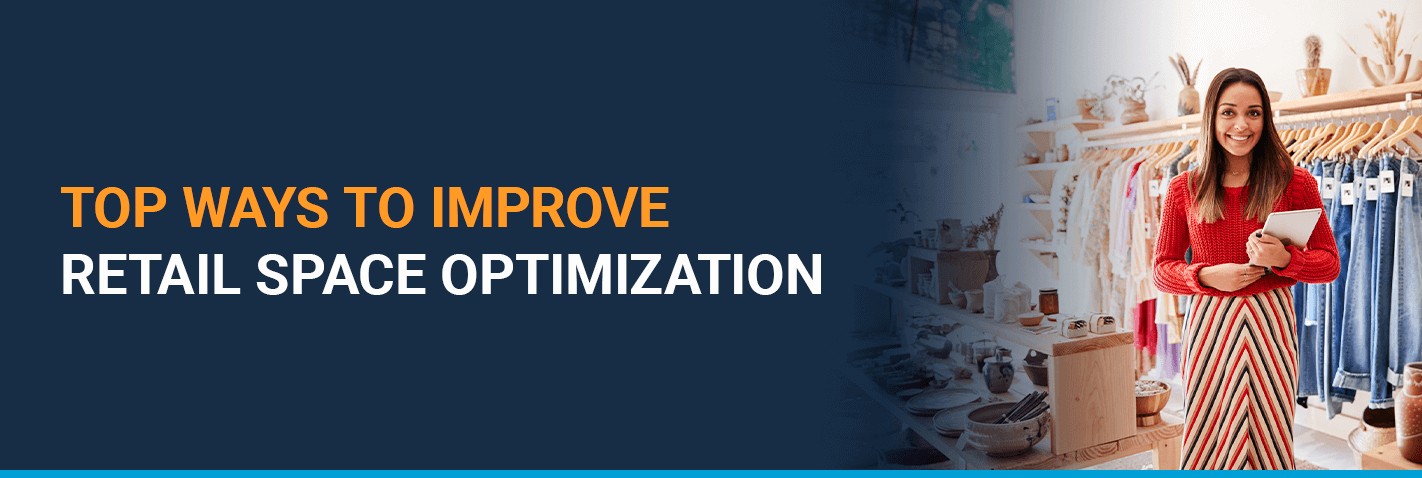

Table of Contents
If you own or manage a retail store, you probably already know that your store’s interior design and layout directly impact your customers’ purchases. For example, strategically placing products in some regions of the store can keep shoppers in the store longer, increasing their chance of finding more products to buy. Ultimately, optimizing your retail space is important because you can influence buyer behavior.
This article highlights how you can improve retail space optimization with people counters in your store. Whether you’re looking for solutions for boutique or shopping mall space optimization, read the following suggestions for the best ways to improve the interior of your retail space.
Optimizing store layout involves aspects like designing your floor space and strategically placing your products in your store to positively influence a customer’s behavior. It turns out that design is the biggest environmental factor that impacts a customer’s approach to your store. Alternatively, an important aspect that can influence store layout is customer flow — the pattern in which customers move around your store. Combining an understanding of these aspects allows you to create a strategy for your store that helps you become more profitable.
Most stores generally use one of four layouts:
Understanding how the layout of your products and the way your customers flow through your store is key to turning a profit.
The decompression zone of your store is the first few feet inside the door, where customers adjust to their surroundings and prepare for what your store may have to offer. Creating an effective decompression zone is essential because customers may leave if they feel overwhelmed as soon as they enter your store.
Here are a few tips to make the entrance of your store feel welcoming:
Maintaining your retail facility to stay in optimal condition will positively influence your customers’ experience. Facility maintenance is another factor that can directly benefit from understanding the customer flow through your store and where the high-traffic areas are located. When you understand which places your customers frequent the most, you can ensure you keep these areas especially clean.
For example, you should maintain spaces like bathrooms or main aisles to keep up a good appearance. When you’re completing maintenance tasks, try to do so after hours so your customer can shop uninterrupted. Preventative maintenance on building systems, like heating and lighting, is also crucial so you can avoid surprise issues. When you implement maintenance checks, you can deliver a clean, comfortable and consistent shopping experience for your customers while creating more time for yourself to devote to retail space optimization.
In case you’re unfamiliar with the concept of people counters in retail stores, they’re sensors that collect and monitor data, like how many people enter your store, how long they stay and how many of your visitors turn into buyers. They can be especially helpful in determining high-traffic areas of your store.
You can use the data from people counters to do the following:
Explore Retail Traffic Counters
If you’re looking for the best ways to optimize your retail space, consider implementing people counting systems around your store. Analyze the data to help you make effective decisions about store layout and when the best times are for maintenance or more staff members to be present. At Traf-Sys, we pride ourselves in offering accurate people counting systems to a variety of businesses, and yours could be one of them.
Contact us for more information about how people counters can benefit your retail business, or fill out our form to request a free quote for your retail space.